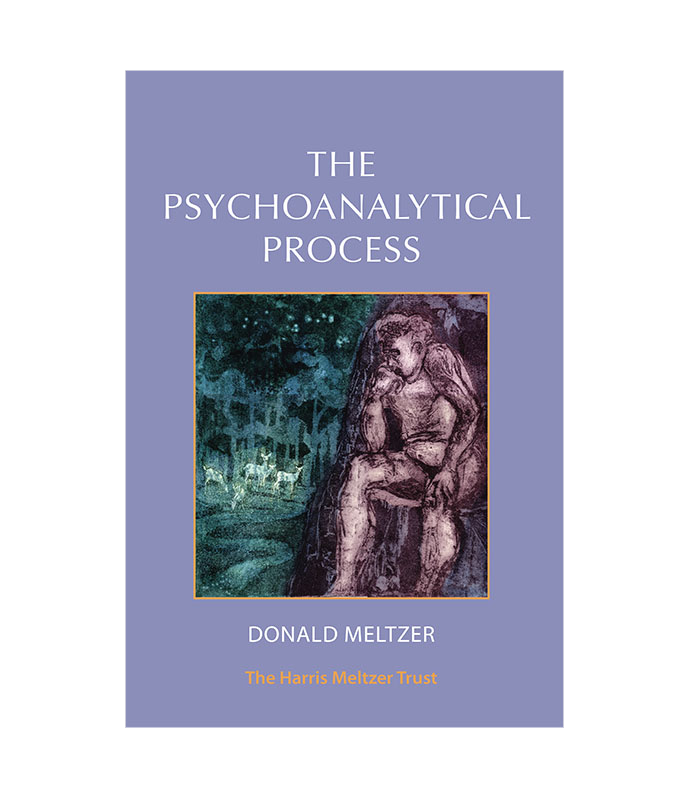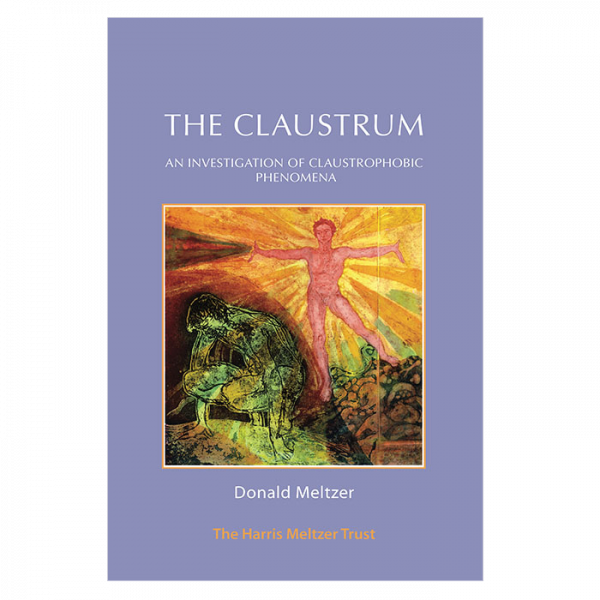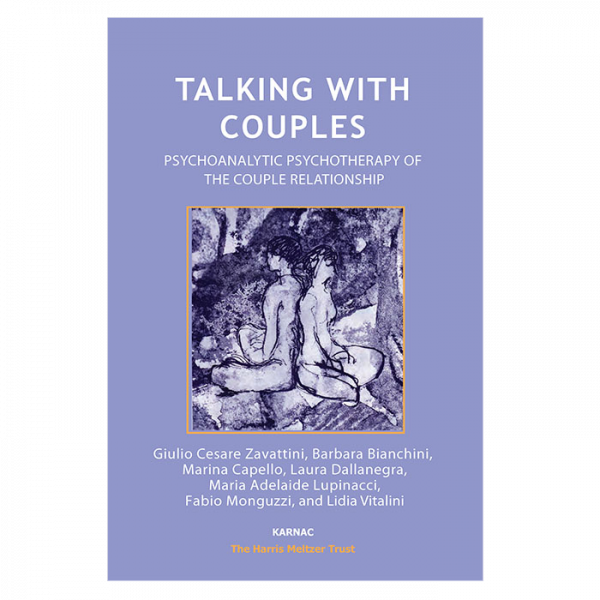This classic account sets forth an integrated concept of the ‘natural history’ of the psychoanalytical process, emerging in the light of experience gained in the child-analytical playroom, and applied to the more complicated phenomena of adult patients. The Kleinian concepts of projective identification and the internal world are expanded by the Meltzerian view of the ‘natural history’ of an analysis, progressing in a sequence of phases that follows the development of primitive object relations. The book sows the seeds of Meltzer’s future model of the mind, including the aesthetic quality of the process.




Clara Nemas, psychoanalyst, Buenos Aires –
‘This book contains the seeds of all Meltzer’s further thinking. The Kleinian concepts of projective identification and the internal world are expanded by the Meltzerian view of the ‘natural history’ of an analysis, progressing in a sequence of phases that follows the development of primitive object relations. Once the analytic situation has been established, it is possible to sort out geographical and zonal confusions of the infant self in relation to internal objects, to work through depressive anxieties on the threshold of the depressive position and to integrate split off aspects of the self in the weaning process. This book will continue to be a reference text in clinical, technical and psychopathology seminars, as well as a travel companion for those who practice psychoanalysis as a “human activity”.’
Miriam Botbol, clinical psychologist, Grupo Psicoanalitico de Barcelona –
‘This is an amazing book: clear in its structure, very deep and complex in what it transmits. The formula on one level appears simple: gathering the transference, putting geographical and zonal confusions in order, negotiating the threshold of the depressive position and weaning, applicable to both children and adults and seen in the context of both the individual session and the psychoanalytical process as a whole. However, once immersed in the detail of this book, one discovers in it a truly never-ending source of rich, stimulating suggestions.’
Hugo Marquez, Maria Elena Petrilli, Mauro Rossetti, Gruppo di Studio Racker di Venezia –
‘A seminal masterpiece. The evolution of the transference–countertransference becomes the crux of the analytic method, and the whole of Meltzer’s ensuing work is a further enrichment of this fundamental concept.’
Katherine Arnold, child and adult psychotherapist, London –
‘It is clear without being dogmatic; a guide by the man who always encouraged us to think for ourselves.’
Jean Begoin, psychiatrist and psychoanalyst, Paris –
‘In this keen and lively work Meltzer describes what he liked to call the “natural history” of the analytical process, described in a language as close as possible to the concreteness of the internal world of the child. I now see this first book as the kicking-off point for his historic discovery of the ‘aesthetic conflict’ as formulated twenty years later in his impassioned work “The Apprehension of Beauty”.’
Leon Grinberg, former Vice-President of the IPA (preface to Spanish edition, 1968) –
‘This is an outstanding account of the different and complex phases of the psychoanalytical process. The author manages to ingeniously transmit his own long experience of analyses with children and adults, with the same conviction as that of the artist when his work succeeds in fully reflecting the truthful essence of his vision.’